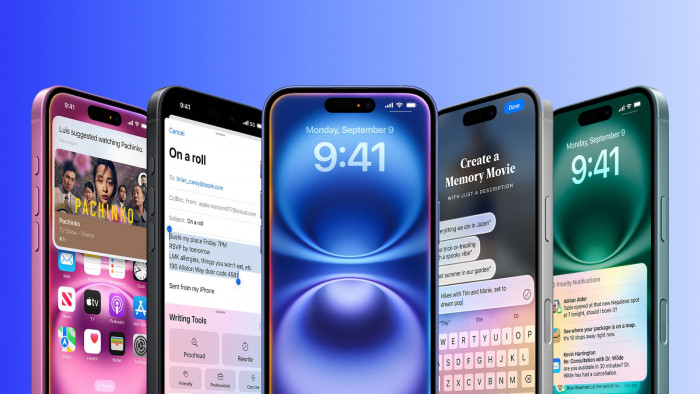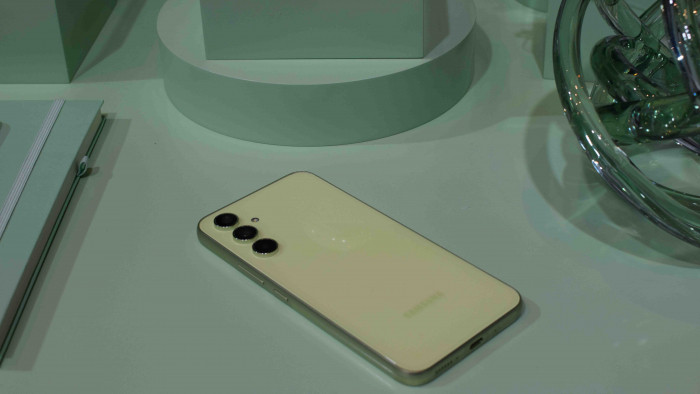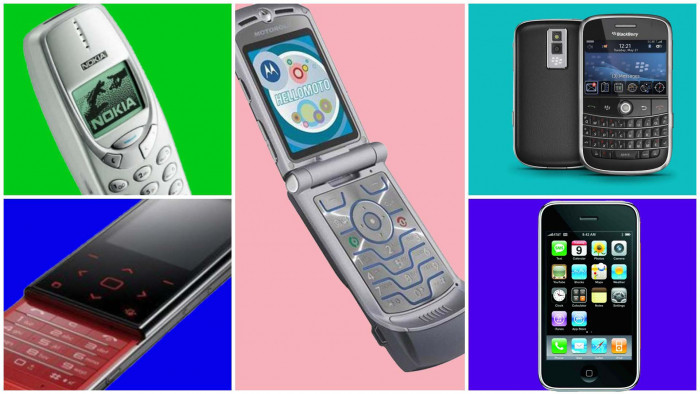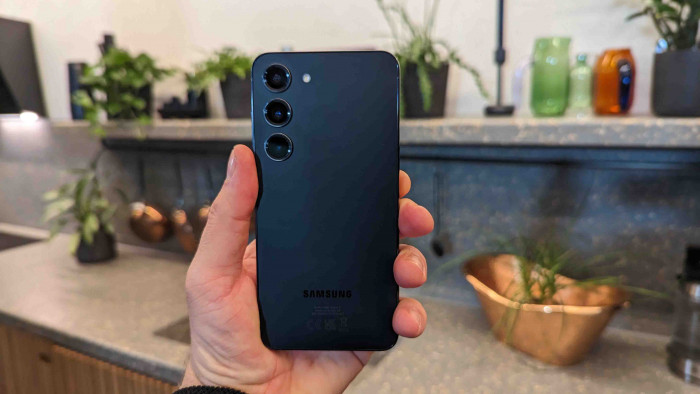Scientists unveil the world's first holographic flexible smartphone
Forget touch screens, this is the future


Virtual reality is so 2016. In the near future, we'll all be sharing holographic Snapchats and hurling Angry Birds through thin air.
At least, these are the hopes of researchers at Canada's Human Media Lab at Queen's University, who've just shown off the Holoflex smartphone.
The handset's flexible screen is able to produce 3D holographic images without the need for glasses or cameras tracking a user's eyes.
You can get the full report on how the screen works here - but, in summary, the HD screen pumps the image through a flexible microlens array that gives each pixel a three dimensional appearance. Something called a 'bend sensor' (which sounds ripe for an Inbetweeners joke) allows users to manipulate images on the screen just by flexing the phone - but that's not the main party trick.
"By employing a depth camera, users can also perform holographic video conferences with one another," says researcher Dr. Vertegaal. "When bending the display users literally pop out of the screen and can even look around each other, with their faces rendered correctly from any angle to any onlooker."
Sure, the above video doesn't really capture the holograms in impressive detail - but unless you see the phone in person, the effects aren't that impressive.
While there's no word on whether any smartphone manufacturers have contacted the Human Media Lab to employ their new tech, we wouldn't be surprised if flexible 'holographic' displays arrived in future generations of smartphones, wearables and tablets.
Until then, we'll have to stick with boring old HD touch screens.
[Via: Science Alert, HML]








